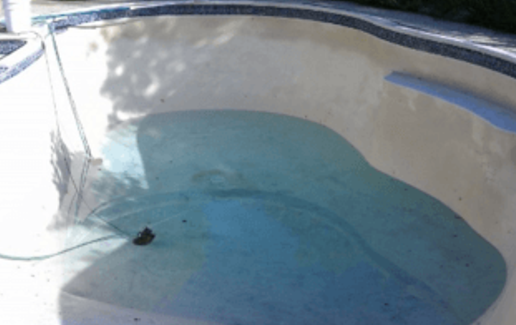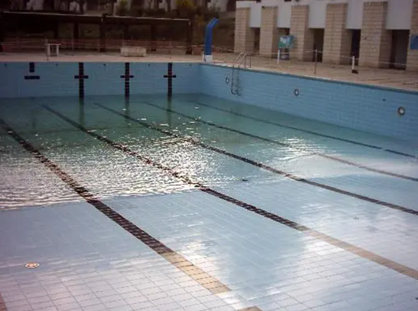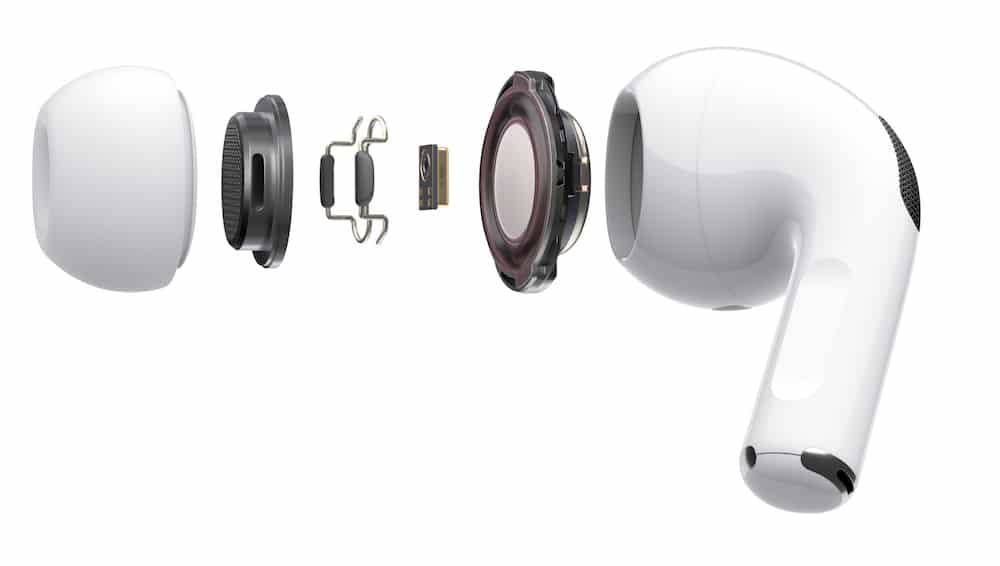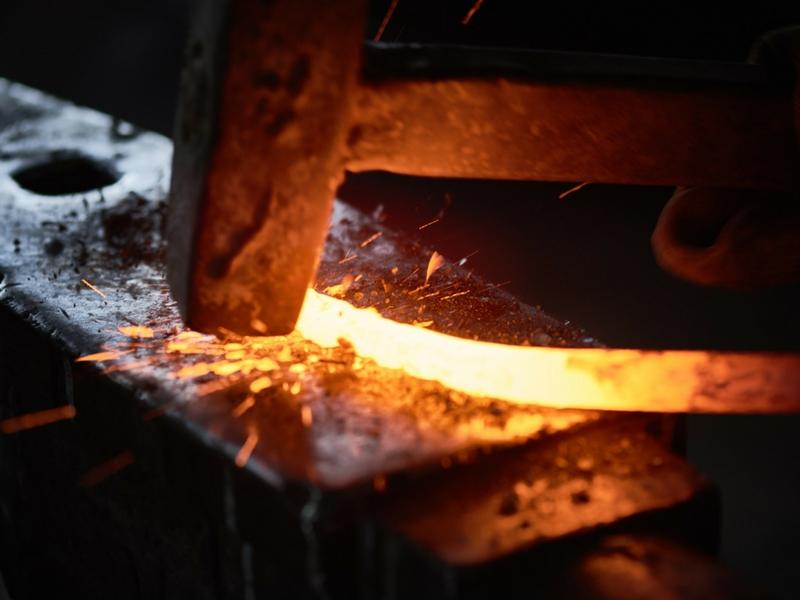How to Drain a Swimming Pool Without Damaging It
Draining a swimming pool is a critical task that requires careful planning and execution. If you're wondering how to drain a swimming pool properly, it’s important to understand the right techniques to avoid structural damage and costly repairs. This guide will provide you with the essential steps to drain your pool safely, without causing any damage. By following our step-by-step instructions, you can ensure your pool remains in excellent condition, ready for the next swimming season.
Why and When Should You Drain Your Pool?
Common Reasons for Draining
There are several reasons why you might need to drain your pool. Over time, the pool water can become so saturated with dissolved solids and chemicals that it becomes difficult to maintain a proper balance. Draining the pool can help restore water quality. Additionally, if the pool is undergoing significant repairs, renovations, or a thorough cleaning, it will need to be drained.
Optimal Timing and Weather Conditions
Timing is crucial when it comes to draining a pool. It’s recommended to carry out this task during mild weather conditions to avoid the potential for damage due to temperature extremes. Avoid draining the pool during rainy or windy weather, as the ground can become overly saturated, which may lead to structural shifts or floating of the pool.
What Equipment Do You Need to Drain a Pool Safely?
Submersible Pump vs. Pool Pump
Using the right equipment is essential for safe pool draining. A submersible pump is highly recommended as it efficiently removes water while minimizing damage risk. Although you can use the pool pump, it’s not designed for this purpose and can be less effective and potentially damage the pump.
Necessary Tools and Safety Gear
Apart from a submersible pump, you’ll need a hose to direct the water to a safe drainage area. Safety gear, such as gloves and protective footwear, is crucial to prevent injuries. A voltage meter is also useful to ensure all electrical components are safe during the process.

How to Drain a Swimming Pool Without Damaging It
Step 1: Turn Off All Pool Equipment
Before beginning the draining process, turn off all pool equipment, including the pump, heater, and chlorinator. This step prevents damage to the equipment and accidental electrical hazards.
Step 2: Check Local Regulations and Choose a Drainage Location
Research local regulations regarding pool water drainage. Some regions have specific guidelines on where and how you can dispose of pool water. Choose a drainage location that doesn’t flow into storm drains or neighbors’ yards, and ensure it’s environmentally safe.
Step 3: Set Up the Submersible Pump
Position the submersible pump at the deepest part of the pool to ensure complete water removal. Attach the hose to the pump and direct it to the chosen drainage location. Plug in the pump and start the draining process.
Step 4: Monitor the Draining Process
Constantly monitor the lowering water level to detect any issues early. Check the hose frequently to ensure it’s not kinked or blocked, and make sure that water is flowing to the appropriate drainage area.
Step 5: Open Hydrostatic Relief Valves (if applicable)
If your pool has hydrostatic relief valves, open them to prevent the pool from popping out of the ground. These valves relieve the pressure from the groundwater underneath the pool, preventing structural damage.
What to Do After Draining the Pool?
Inspect for Damage and Perform Maintenance
Once the pool is empty, inspect the surfaces for any signs of damage or wear, such as cracks or stains. This is the ideal time to perform necessary maintenance tasks like patching cracks, cleaning the surfaces, and servicing the pool equipment.
Refill and Balance the Pool Water
After completing the maintenance, begin refilling the pool. Use a hose filter to minimize contaminants. Once filled, turn on the pump and filtering systems, then balance the pool chemistry by adjusting the pH, alkalinity, and chlorine levels to ensure safe swimming conditions.
Conclusion
Learning how to drain a swimming pool is essential for proper pool maintenance. Draining a swimming pool is a meticulous process that, when done correctly, can extend the life and quality of your pool. By following these detailed steps, you can avoid damage and ensure a smooth, successful draining experience. Always remember to consider local regulations and weather conditions for the best results.
FAQ
Can I use my pool pump to drain the pool?
While it is possible to use your pool pump for draining, it is not recommended. Pool pumps are not designed for this purpose and may become damaged. Using a submersible pump is a safer and more efficient option.
How often should I drain my swimming pool?
Pools typically require draining every 3-5 years, depending on usage and water quality. Regularly testing and balancing the pool’s chemical levels can help determine the optimal time for draining.
Is it safe to completely drain a fiberglass or vinyl pool?
Draining a fiberglass or vinyl pool completely can be risky as these materials are more prone to damage without water. It’s crucial to consult with a pool professional before attempting a full drain of these types of pools.




![PAU - [ Altern@tives-P@loises ] PAU - [ Altern@tives-P@loises ]](http://website-google-hk.oss-cn-hongkong.aliyuncs.com/drawing/179/2022-3-2/21584.jpeg)

![Good deal: 15% bonus credit on App Store cards of €25 and more [completed] 🆕 | iGeneration Good deal: 15% bonus credit on App Store cards of €25 and more [completed] 🆕 | iGeneration](http://website-google-hk.oss-cn-hongkong.aliyuncs.com/drawing/179/2022-3-2/21870.jpeg)





Related Articles